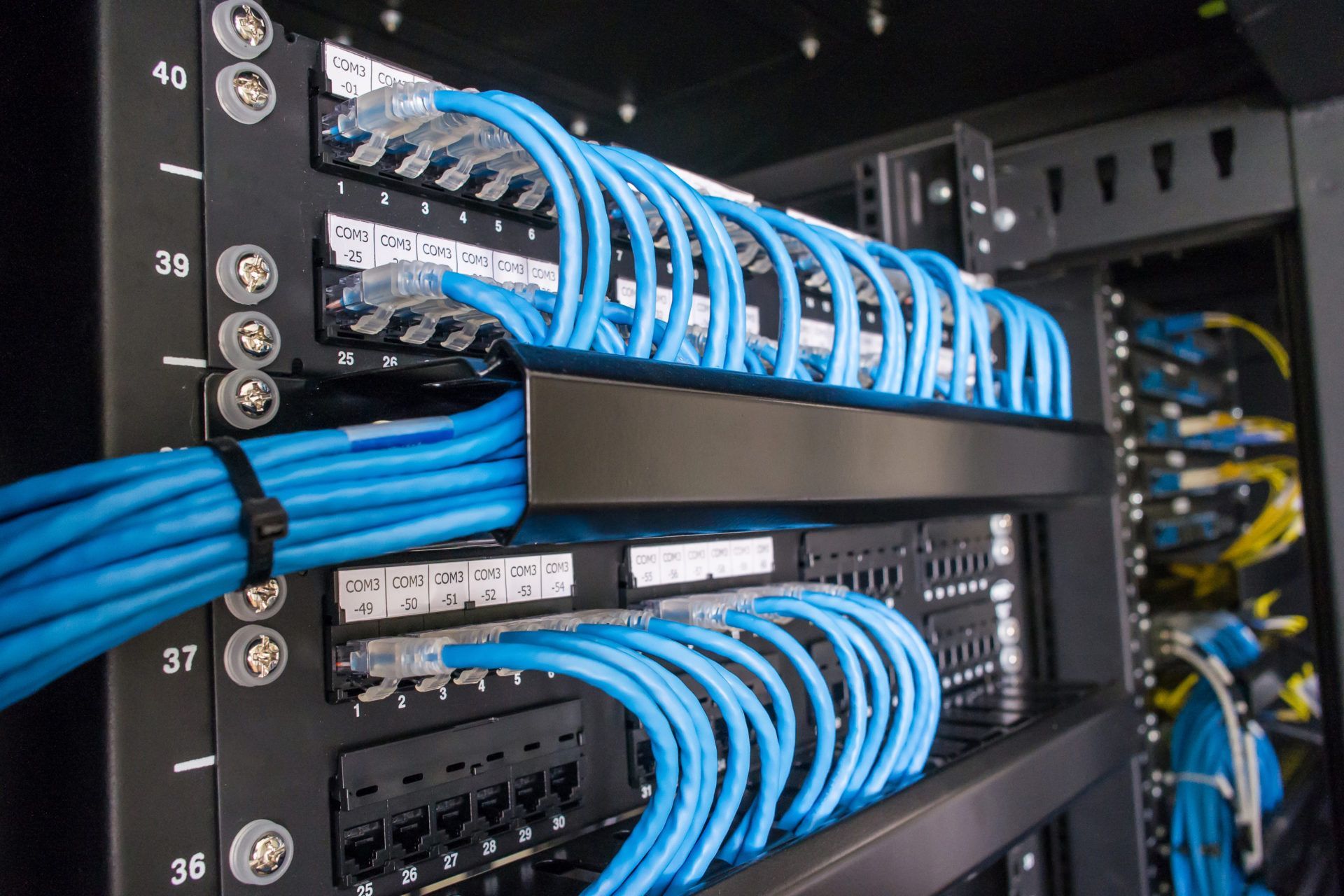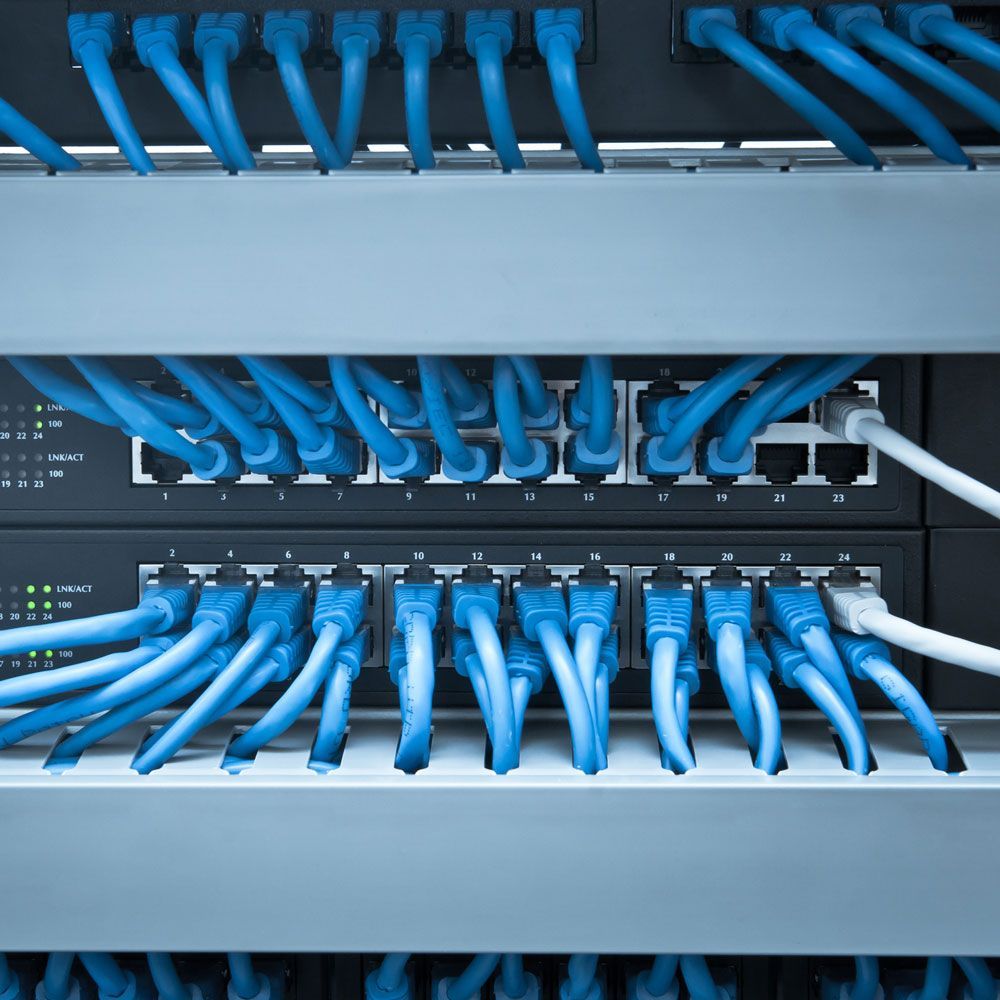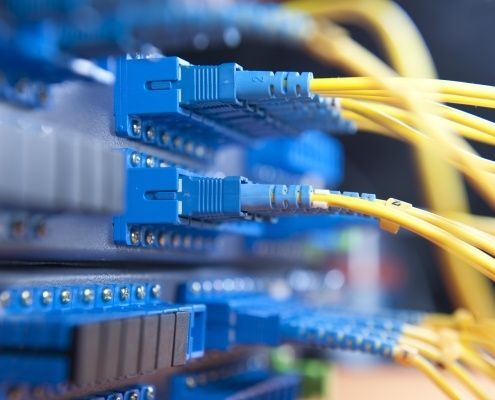Understanding Different Types of Surveillance Cameras: When to Install Each Type and Why It Matters
Understanding Different Types of Surveillance Cameras: When to Install Each Type and Why It Matters

In today's security-conscious world, surveillance cameras play a crucial role in safeguarding properties and ensuring the safety of individuals. With the vast array of surveillance cameras available, choosing the right type for your specific needs can be challenging. This blog will explore the different types of surveillance cameras, their ideal use cases, and the importance of selecting the appropriate camera for effective security.
Types of Surveillance Cameras
1. Dome Cameras
Description: Dome cameras are named for their dome-shaped housing. They are typically mounted on ceilings and are popular for their discreet design, which makes it difficult for individuals to see where the camera is pointing.
Ideal Use Cases:
- Retail Stores: To monitor customer behavior and deter theft.
- Offices: For general surveillance and to maintain employee productivity.
- Public Buildings: To provide a broad view of areas such as lobbies and hallways.
Why Install Dome Cameras:
- Wide Coverage: Dome cameras offer a wide field of view, making them suitable for large areas.
- Vandal-Resistant: Many dome cameras come with vandal-resistant housings, making them durable and suitable for high-traffic areas.
- Discreet Monitoring: Their unobtrusive design makes them less noticeable, reducing the risk of tampering.
2. Bullet Cameras
Description: Bullet cameras have a long, cylindrical shape and are often mounted on walls or ceilings. They are highly visible and can be used indoors or outdoors.
Ideal Use Cases:
- Perimeter Security: To monitor the exterior of buildings and property boundaries.
- Parking Lots: For surveillance of parking areas and vehicle access points.
- Industrial Sites: To oversee large open spaces and production areas.
Why Install Bullet Cameras:
- Long-Range Focus: Bullet cameras are designed for long-distance viewing, making them ideal for monitoring expansive areas.
- Weatherproof: Many bullet cameras are weather-resistant, suitable for outdoor use in various weather conditions.
- Visible Deterrent: Their conspicuous presence can act as a deterrent to potential intruders.
3. PTZ (Pan-Tilt-Zoom) Cameras
Description: PTZ cameras can pan (move horizontally), tilt (move vertically), and zoom in and out. These cameras offer remote control capabilities, allowing operators to adjust the camera view as needed.
Ideal Use Cases:
- Large Facilities: Such as warehouses and manufacturing plants, where monitoring different areas dynamically is essential.
- Public Spaces: Like stadiums and arenas, for comprehensive surveillance of large crowds.
- Security Control Rooms: Where security personnel can actively manage camera views for enhanced coverage.
Why Install PTZ Cameras:
- Flexible Viewing: PTZ cameras provide the ability to cover multiple angles and zoom in on specific incidents.
- Active Monitoring: Ideal for situations requiring real-time surveillance and quick response.
- Cost-Effective: One PTZ camera can often cover areas that would require multiple fixed cameras.
4. IP Cameras
Description: IP (Internet Protocol) cameras transmit video over a network and offer high-resolution images. They can be either wired or wireless.
Ideal Use Cases:
- Smart Homes: For integrating with home automation systems.
- Modern Offices: Where high-quality video and easy integration with existing networks are needed.
- Remote Locations: Where remote access and monitoring are crucial.
Why Install IP Cameras:
- High-Resolution Video: Provides clear and detailed footage, essential for identifying individuals and incidents.
- Remote Access: Allows users to view live or recorded footage from anywhere via the internet.
- Scalability: Easily add more cameras to the network without significant infrastructure changes.
5. Thermal Cameras
Description: Thermal cameras detect heat and create images based on temperature differences. They are effective in low-light or no-light conditions.
Ideal Use Cases:
- Critical Infrastructure: Such as power plants and utility sites, where detecting temperature anomalies can prevent incidents.
- Perimeter Security: For monitoring boundaries in complete darkness or challenging weather conditions.
- Search and Rescue: To locate individuals in low-visibility environments.
Why Install Thermal Cameras:
- Night Vision: Effective in complete darkness, making them ideal for 24/7 surveillance.
- Detection of Anomalies: Can identify potential issues, such as overheating equipment, before they become serious problems.
- Versatility: Useful in a variety of applications, from security to industrial monitoring.
Importance of Choosing the Right Surveillance Camera
Selecting the appropriate type of surveillance camera is crucial for several reasons:
- Enhanced Security: Different cameras are designed for specific environments and use cases. Choosing the right type ensures optimal security coverage and effectiveness.
- Cost Efficiency: Using the appropriate camera type can save costs by reducing the need for multiple cameras or frequent maintenance.
- Regulatory Compliance: Certain environments may have specific surveillance requirements. The right camera type ensures compliance with these regulations.
- Image Quality: Different cameras offer varying levels of image resolution and quality. Selecting the right camera type ensures that the captured footage meets your security needs.
- Integration: Choosing cameras that integrate well with your existing security systems and infrastructure ensures seamless operation and management.
Conclusion
Understanding the different types of surveillance cameras and their ideal use cases is essential for designing an effective security system. Whether you need wide coverage, long-range focus, dynamic monitoring, high-resolution video, or thermal imaging, there is a camera type that fits your needs.
By carefully selecting the appropriate cameras for your specific environment and security requirements, you can enhance safety, improve incident response, and ensure the overall effectiveness of your surveillance system. Investing in the right surveillance technology not only protects your assets but also provides peace of mind, knowing that your property is well-secured.












